Valles Marineris: The Grand Canyon Of Mars

Valles Marineris: The Grand Canyon of Mars
Image Credit: Viking Project, USGS, NASA
The largest canyon in the Solar System cuts a wide swath across the face of Mars. Named Valles Marineris, the grand valley extends over 3,000 kilometers long, spans as much as 600 kilometers across, and delves as much as 8 kilometers deep. By comparison, the Earth’s Grand Canyon in Arizona, USA is 800 kilometers long, 30 kilometers across, and 1.8 kilometers deep. The origin of the Valles Marineris remains unknown, although a leading hypothesis holds that it started as a crack billions of years ago as the planet cooled. Several geologic processes have been identified in the canyon. The above mosaic was created from over 100 images of Mars taken by Viking Orbiters in the 1970s.
More Posts from Intergalacticnerd and Others
Views of Pluto
10 Images to Celebrate the Historic Exploration of the Pluto System
One year ago, our New Horizons mission made history by exploring Pluto and its moons – giving humankind our first close-up look at this fascinating world on the frontier of our solar system.

Since those amazing days in July 2015, the New Horizons spacecraft has transmitted numerous images and many other kinds of data home for scientists and the public alike to study, analyze, and just plain love. From Pluto’s iconic “heart” and sweeping ice-mountain vistas to its flowing glaciers and dramatic blue skies, it’s hard to pick just one favorite picture. So the mission team has picked 10 – and in no special order, placed them here.
Click the titles for more information about each image. You’ve seen nine of them before, and the team added a 10th favorite, also sure to become one of New Horizons’ “greatest hits.”
Vast Glacial Flows

In the northern region of Pluto’s Sputnik Planum, swirl-shaped patterns of light and dark suggest that a surface layer of exotic ices has flowed around obstacles and into depressions, much like glaciers on Earth.
Jagged Ice Shorelines and Snowy Pits

This dramatic image from our New Horizons spacecraft shows the dark, rugged highlands known as Krun Macula (lower right), which border a section of Pluto’s icy plains.
Blue Skies

Pluto’s haze layer shows its blue color in this picture taken by the New Horizons Ralph/Multispectral Visible Imaging Camera (MVIC). The high-altitude haze is thought to be similar in nature to that seen at Saturn’s moon Titan.
Charon Becomes a Real World

At half the diameter of Pluto, Charon is the largest satellite relative to its planet in the solar system. Many New Horizons scientists expected Charon to be a monotonous, crater-battered world; instead, they’re finding a landscape covered with mountains, canyons, landslides, surface-color variations and more.
The Vistas of Pluto

Our New Horizons spacecraft looked back toward the sun and captured this near-sunset view of the rugged, icy mountains and flat ice plains extending to Pluto’s horizon. The backlighting highlights over a dozen layers of haze in Pluto’s tenuous but distended atmosphere.
The Dynamic Duo: Pluto and Charon in Enhanced Color

The color and brightness of both Pluto and Charon have been processed identically to allow direct comparison of their surface properties, and to highlight the similarity between Charon’s polar red terrain and Pluto’s equatorial red terrain. Pluto and Charon are shown with approximately correct relative sizes, but their true separation is not to scale.
Strange Snakeskin Terrain

A moment’s study reveals surface features that appear to be texturally ‘snakeskin’-like, owing to their north-south oriented scaly raised relief. A digital elevation model created by the New Horizons’ geology shows that these bladed structures have typical relief of about 550 yards (500 meters). Their relative spacing of about 3-5 kilometers makes them some of the steepest features seen on Pluto.
Pluto’s Heart

This view is dominated by the large, bright feature informally named the “heart,” which measures approximately 1,000 miles (1,600 kilometers) across. The heart borders darker equatorial terrains, and the mottled terrain to its east (right) are complex. However, even at this resolution, much of the heart’s interior appears remarkably featureless—possibly a sign of ongoing geologic processes.
Far Away Snow-Capped Mountains

One of Pluto’s most identifiable features, Cthulhu (pronounced kuh-THU-lu) stretches nearly halfway around Pluto’s equator, starting from the west of the great nitrogen ice plains known as Sputnik Planum. Measuring approximately 1,850 miles (3,000 kilometers) long and 450 miles (750 kilometers) wide, Cthulhu is a bit larger than the state of Alaska.
Colorful Composition Maps of Pluto

The powerful instruments on New Horizons not only gave scientists insight on what Pluto looked like, their data also confirmed (or, in many cases, dispelled) their ideas of what Pluto was made of. These compositional maps – assembled using data from the Linear Etalon Imaging Spectral Array (LEISA) component of the Ralph instrument – indicate the regions rich in ices of methane (CH4), nitrogen (N2) and carbon monoxide (CO), and, of course, water ice (H2O).
Make sure to follow us on Tumblr for your regular dose of space: http://nasa.tumblr.com
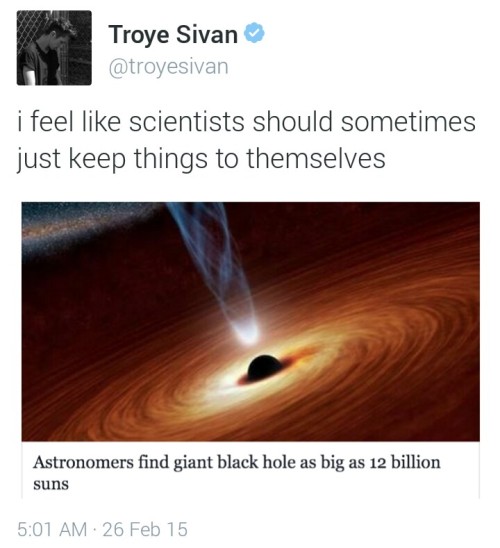
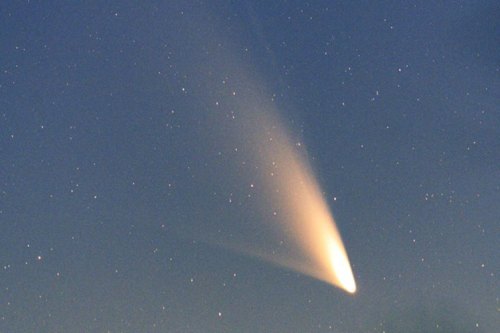
Comet Panstarrs – Seen from Queenstown, New Zealand (March 2, 2013)
Credit – Minoru Yoneto

Using the advanced adaptive optics system on the Gemini South telescope, astronomers have imaged a beautiful stellar jewel-box – a tightly packed cluster of stars that is one of the few places in our galaxy where astronomers think stars can actually collide. Stellar collisions are important because they can provide the key to understand the origin of exotic objects that cannot be interpreted in terms of the passive evolution of single stars. read more here credit: Gemini Observatory/AURA
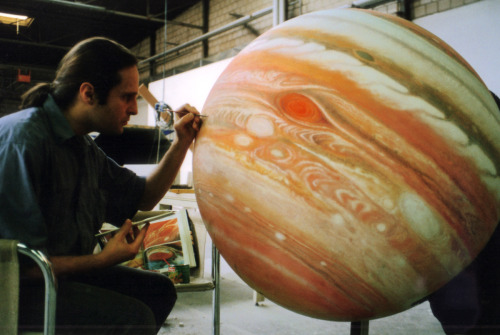





RIP <3
By now you’ve probably heard the news that gravitational waves have been directly observed for the first time ever. Are you excited?

Our friends at PBS Space Time are pretty excited about it too, and they’ve put together an awesome video explaining the physics behind this discovery and why it’s so important.
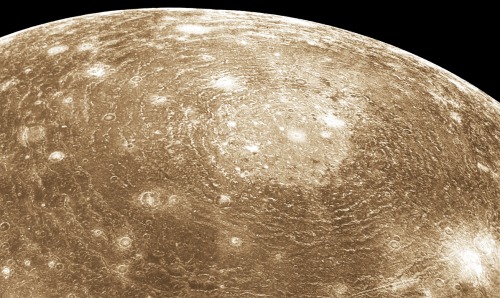
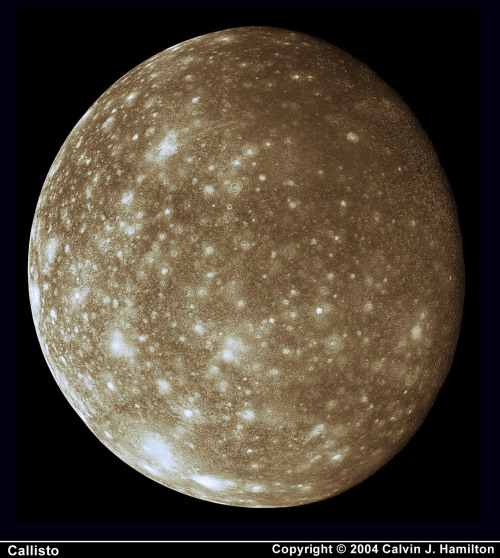
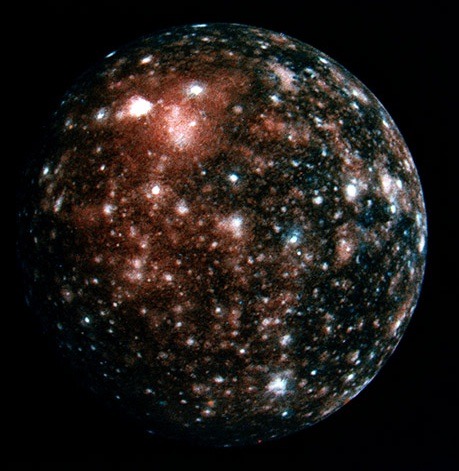

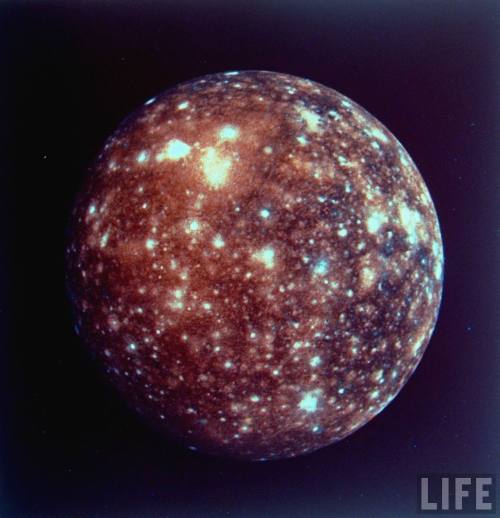
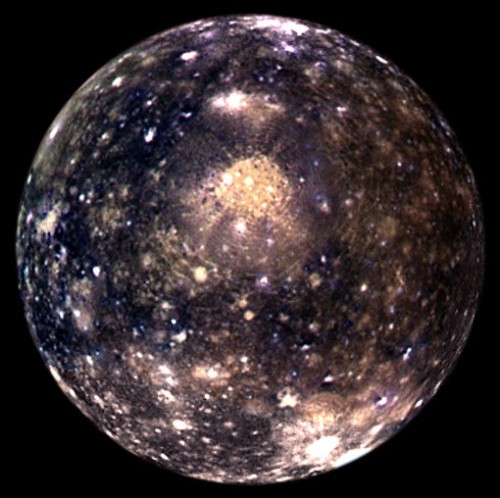

Jupiter’s moon, Callisto.
some of my favourite absolutely SICK facts about the trappist-1 exoplanets: - theyre all very close to one another and to their star, so the length of a year on them varies from 1 to 20 DAYS - since they’re so close, the star appears a lot bigger than our sun from earth, and from one planet you could easily see the rest, some would even appear bigger than the moon from earth. you could literally see the surface of another planet with a naked eye!!! - they’re tidally locked to their star like our moon is locked to earth, meaning only one side of a planet ever faces the star, and on the other side it’s always night. the sun never sets or rises on any of the planets - the star is red, so the sunlight is red/orange, meaning if, for example, plants were to grow there, they could be black and that’s just what we know now, imagine how much cool stuff we have yet to discover about the trappist-1 system
-
 dreyko-cassell liked this · 2 years ago
dreyko-cassell liked this · 2 years ago -
 komakan reblogged this · 2 years ago
komakan reblogged this · 2 years ago -
 gjnrock liked this · 5 years ago
gjnrock liked this · 5 years ago -
 ithinkitisgreat reblogged this · 5 years ago
ithinkitisgreat reblogged this · 5 years ago -
 ithinkitisgreat liked this · 5 years ago
ithinkitisgreat liked this · 5 years ago -
 themintjelly reblogged this · 6 years ago
themintjelly reblogged this · 6 years ago -
 themintjelly liked this · 6 years ago
themintjelly liked this · 6 years ago -
 sludge912 liked this · 7 years ago
sludge912 liked this · 7 years ago -
 cacti-lord reblogged this · 8 years ago
cacti-lord reblogged this · 8 years ago -
 dreyko-cassell reblogged this · 8 years ago
dreyko-cassell reblogged this · 8 years ago -
 t-rexdescendant reblogged this · 8 years ago
t-rexdescendant reblogged this · 8 years ago -
 t-rexdescendant liked this · 8 years ago
t-rexdescendant liked this · 8 years ago -
 emtyla reblogged this · 9 years ago
emtyla reblogged this · 9 years ago -
 intergalacticnerd reblogged this · 9 years ago
intergalacticnerd reblogged this · 9 years ago -
 astronavghty reblogged this · 9 years ago
astronavghty reblogged this · 9 years ago -
 night-0f-my-lifee liked this · 9 years ago
night-0f-my-lifee liked this · 9 years ago -
 notuturn reblogged this · 9 years ago
notuturn reblogged this · 9 years ago -
 gravitationalbeauty-official reblogged this · 9 years ago
gravitationalbeauty-official reblogged this · 9 years ago -
 mathart liked this · 9 years ago
mathart liked this · 9 years ago -
 glitchtechscience reblogged this · 9 years ago
glitchtechscience reblogged this · 9 years ago -
 jordan-summers reblogged this · 9 years ago
jordan-summers reblogged this · 9 years ago -
 jordan-summers liked this · 9 years ago
jordan-summers liked this · 9 years ago -
 mckitterick reblogged this · 9 years ago
mckitterick reblogged this · 9 years ago -
 mckitterick liked this · 9 years ago
mckitterick liked this · 9 years ago -
 sirenofshad0w reblogged this · 9 years ago
sirenofshad0w reblogged this · 9 years ago -
 sirenofshad0w liked this · 9 years ago
sirenofshad0w liked this · 9 years ago -
 nyctaginae reblogged this · 9 years ago
nyctaginae reblogged this · 9 years ago -
 nyctaginae liked this · 9 years ago
nyctaginae liked this · 9 years ago -
 vaxieon reblogged this · 9 years ago
vaxieon reblogged this · 9 years ago -
 inmirova liked this · 9 years ago
inmirova liked this · 9 years ago -
 wavelessness reblogged this · 9 years ago
wavelessness reblogged this · 9 years ago -
 think-i-love-you-too-much reblogged this · 9 years ago
think-i-love-you-too-much reblogged this · 9 years ago -
 more-crazy-for-drugs liked this · 9 years ago
more-crazy-for-drugs liked this · 9 years ago -
 natsukachie liked this · 9 years ago
natsukachie liked this · 9 years ago -
 timefireva liked this · 9 years ago
timefireva liked this · 9 years ago -
 petalinpastels reblogged this · 9 years ago
petalinpastels reblogged this · 9 years ago -
 probably-definitely-a-bard reblogged this · 9 years ago
probably-definitely-a-bard reblogged this · 9 years ago -
 probably-definitely-a-bard liked this · 9 years ago
probably-definitely-a-bard liked this · 9 years ago -
 stellarfieldanomaly reblogged this · 9 years ago
stellarfieldanomaly reblogged this · 9 years ago -
 stellarfieldanomaly liked this · 9 years ago
stellarfieldanomaly liked this · 9 years ago -
 space-farm reblogged this · 9 years ago
space-farm reblogged this · 9 years ago
"Astronomy compels the soul to look upwards and leads us from this world to another." - Plato
147 posts